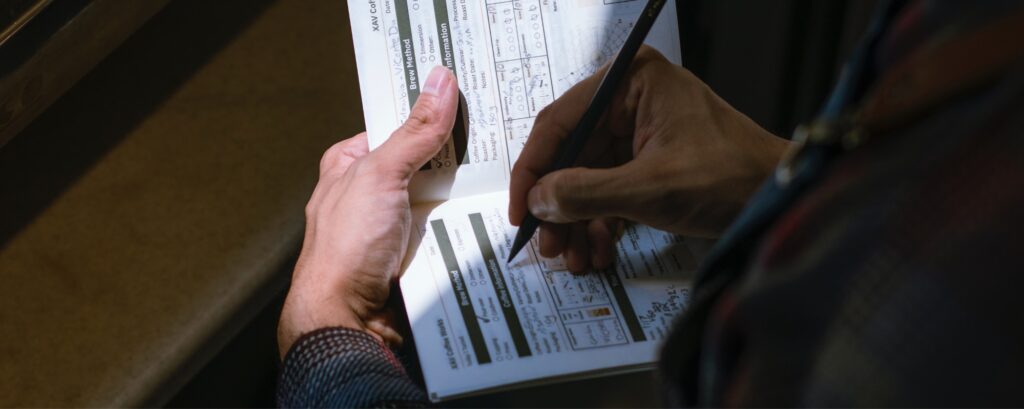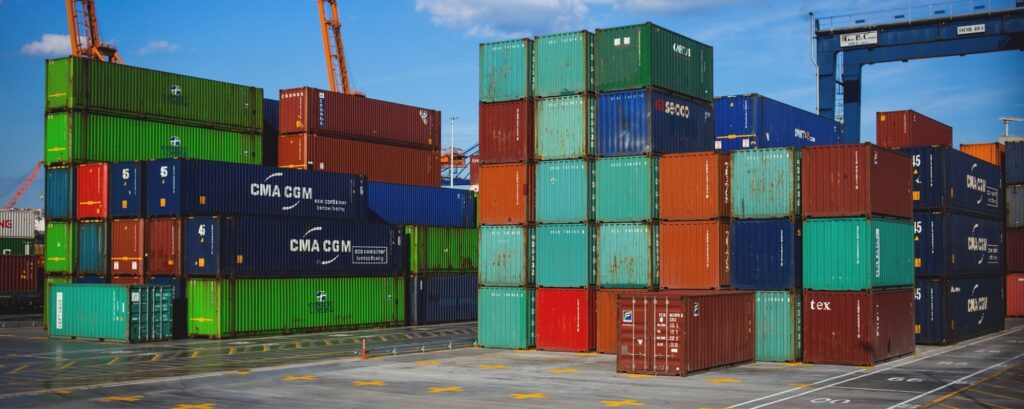
Trade
Export of Sake and its procedures at ports
Sake has been gaining popularity overseas. Some Sake is made locally, while the majority is still exported from Japan. Let us look in the export procedures unseen from the public, and underlining problems related to export.
Contents
Simple flow of export

- Sake is dispatched from breweries
↓
- Sake arrives at Japanese domestic storage
(wrapping, declaration and customs clearance to follow)
↓
- Shipment
↓
- Sake arrives at storage overseas
(to wait for customs clearance)
↓
- Delivery to the address
Benchmark for the lead time
Selection of the products to dispatchment from the Sake breweries: approximately 1 month
From the arrival at storage to the loading (with wrapping, declaration and customs clearance finished) : approximately 2 weeks
Departure of the container to the destination : approximately 2 months ( for European destinations)
What is important to keep the whole flow as smoothly as possible is to follow the scheduled dates at each step!
In case of the delay in departure of the container, for example, there will be an extra fees for the extension of storage space. If the protection wrapping is not properly done, another layer of wrapping would be necessary at an extra cost. Sake bottles are in glass, so they need to be wrapped with extra care. If the preparation is delayed, there is a chance that the loading is suspended / denied. A short delay or deficiency could cause an extra time and cost to be fixed, resulting in a huge problem towards the end. Therefore the lesson is to always keep the dates and format to minimize the risks…
Certificate required for the export of Sake

Due to the rising popularity of Sake overseas, more individuals and companies seem to be interested in the Sake export. The certificate necessary to handle the export of Sake is wholesale export license (輸出酒類卸売業免許). After the screenings by the designated local tax office, the license is issued in about 2 months. Each country often has detailed regulations regarding the alcohol distributions. Japan is no exception, and there are complex regulations to follow. Without knowing the legal framework of alcohol trading, you might fall into a stalemate even the deal is close to conclusion. Keep in mind that you take steps forward to check out the regulations to follow and resolve them beforehand if you are interested in the exporting and importing business.
Current concerns: shortage of containers

The issue of container shortage started to arise back in 2018. Part of the causes lay on the US-China trade wars as well as the decrease in the container productions in China. Furthermore, there was a sudden increase in the distribution of certain commodities due to the lockdowns during the pandemic. Countries with high volume of import suffered from the shortage of human resources that handle the load and engage in distributions. Up until recently the containers are not circulating as presumed and stuck at ports without being handled. The situation ameliorated, however, the circulation speed of containers is still slow, which causes not only the difficulty in reserving slots in the containers but also the rise in transportation expenses.
I touched upon the concerns related to the export of Sake. Keeping up with the schedule is essential. Other than that, being familiar with the regulations in the destination country, and being flexible to the global change (i.e. currently the transfer crisis) are also important to confidently engage in the Sake exporting / importing business.
ikki is looking for a partner who can post your knowledge or activity on our media. If you are interested please contact us through CONTACT page.







